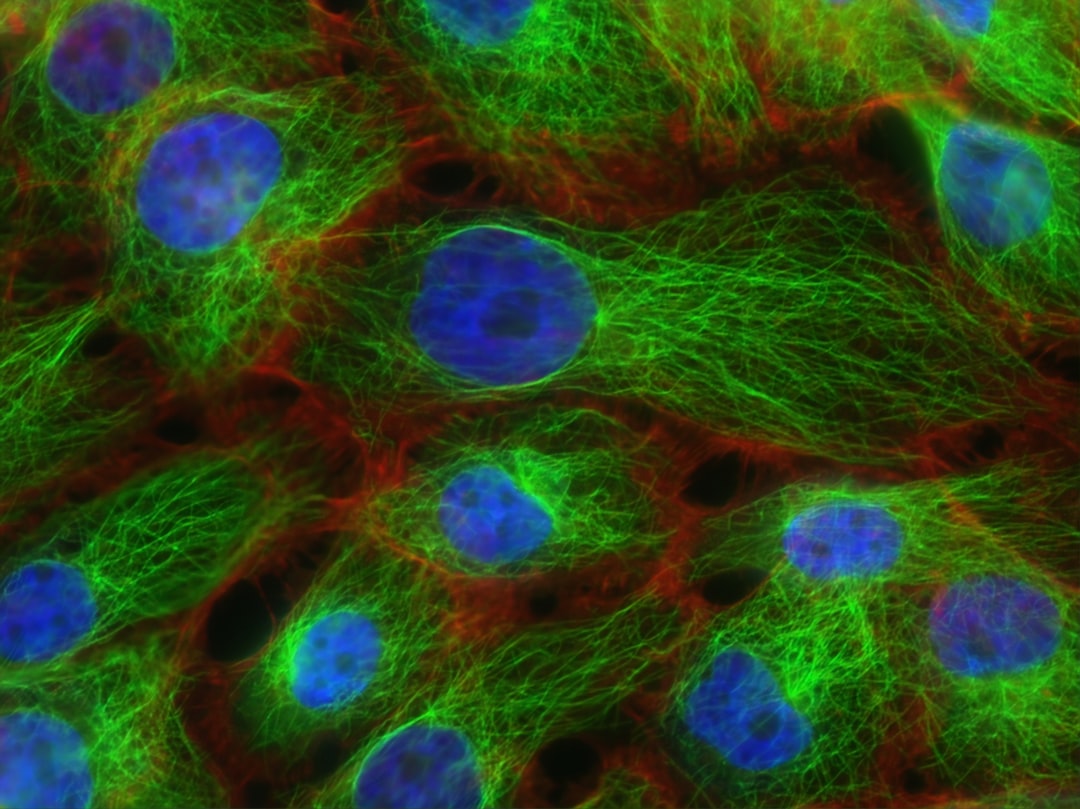What is it about?
This review covers information on H3N2 cases in india which is a type of influenza virus having symptoms like flu, fever and fatigue. lead to various deaths in india.H3N2 from the family of Orthomyxovirus can infect birds, and mammals, H3N2 derives its name from 2 surface proteins these are hemagglutinin (H) and Neuraminidase (N). H3N2 undergoes antigenic shift which protects it from immune response.
Featured Image

Photo by CDC on Unsplash
Why is it important?
this review covers the details of various deaths due to H3N2 in India along with various case studies showing the severity of H3N2 in India. Humans acquire this infection by coming in direct contact with infected animals or from contaminated surroundings. With H3N2 infection it has been seen that dry cough usually starts after fever, it can take 10-12 days for the cough to be cured, and fever in H3N2 cases takes more than 6-7 days to cure. In some cases, H3N2 infection is leading to lung infection further leading to pneumonia. There have been hospitalizations of elders and children due to H3N2 inflection to prevent transmission of infection preventive measures should be taken.
Perspectives
The world has been suffering from various pandemics from time to time leading to various deaths. Back in 2019 one such pandemic of covid 19 severely affected the lives of people and lead to a high mortality rate, recently at the start of 2023, there have been reports of various cases of the H3N2 virus in humans which have been causing fear in public whether it will be the next pandemic, H3N2 being a subtype of influenza A virus. Influenza is a viral infection that infects the lung, nose and throat, it is caused by a single-stranded RNA virus that is helically shaped belonging to the orthomyxovirus family. According to WHO, out of all influenza virus types, influenza A and influenza B viruses cause seasonal epidemics. influenza A virus is mainly responsible for seasonal flu, according to a 2007 study, there have been 3 influenza subtypes- H1N1, H1N2 and H3N2 infected people throughout the world. H1N1 which is an orthomyxovirus containing glycoproteins hemagglutinin and neuraminidase led to major outbreaks like the 1918 Spanish flu pandemic and 1977 Russian flu pandemic and the 2009 swine flu pandemic. H1N2 also from the orthomyxovirus family is found in pig populations and rarely seen in humans and this virus is also known as the bird flu virus. H3N2 also from the family of Orthomyxovirus can infect birds, and mammals, H3N2 derives its name from 2 surface proteins these are hemagglutinin (H) and Neuraminidase (N). H3N2 undergoes antigenic shift which protects it from immune response.
Sonakshi Garg
ISF college of pharmacy,moga
This article talked about the upcoming strain of the virus which helped to gather specific attention to cope with and halt the strain and at the same time limit its progression. It was a great pleasure writing this article.
Gurisha Garg
Read the Original
This page is a summary of: The Resurgence of H3N2 in India: Is it Life-threatening?, Current Drug Targets, September 2023, Bentham Science Publishers,
DOI: 10.2174/1389450124666230821092330.
You can read the full text:
Resources
Contributors
The following have contributed to this page










